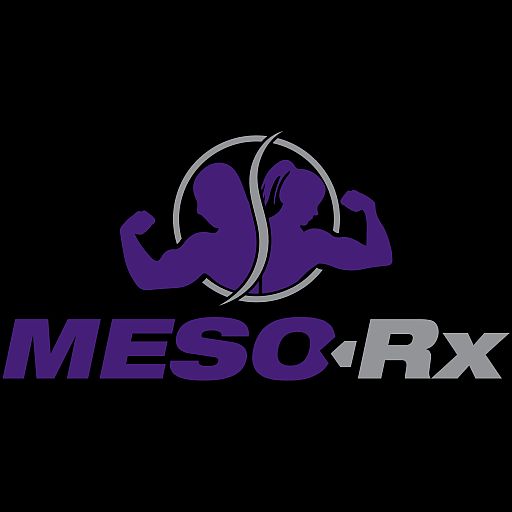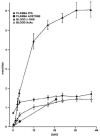Lipolysis appears to be more relevant with fat loss than fatty acid oxidation. Exercise increases plasma epinephrine levels at high intensities (Mora-Rodriguez and Coyle, 2000). Epinephrine stimulates lipolysis and inhibits the esterification of triglycerides via adrenergic receptors of adipocytes (Reilly et al., 2020), leading to release of free fatty acid from adipose tissue into circulation (Urhausen et al., 1994). Long-term adrenergic stimulation (i.e., clenbuterol and ractopamine) has been shown to decrease fat mass and increase muscle mass without changes in food intake and body temperature (Page et al., 2004). Abdominal adipocytes show much higher lipolytic response to epinephrine than gluteal adipocytes, which may partly explain the commonly observed abdominal fat loss response to high-intensity exercise training (Wahrenberg et al., 1989; Thompson et al., 2012).
The physiological significance of the enhanced release of fatty acids from lipolysis without the corresponding increase in fatty acid oxidation during and after exercise remains unclear. However, a proposed role of adipocyte-derived fatty acids in tissue repair has been recently described elsewhere (Shook et al., 2020). Fatty acids (e.g., eicosapentaenoate, linoleate, α-linolenate, γ-linolenate, and arachidonate) have been found to accelerate wound healing (Ruthig and Meckling-Gill, 1999). In addition, vascular structure formation can be enhanced by fatty acids, which is mediated by increasing reactive oxygen species and activating endothelial NOS synthase (Taha et al., 2020). Both findings implicate a possible role of elevated fatty acid concentrations in the repairing mechanism of exercise-induced tissue damage.









